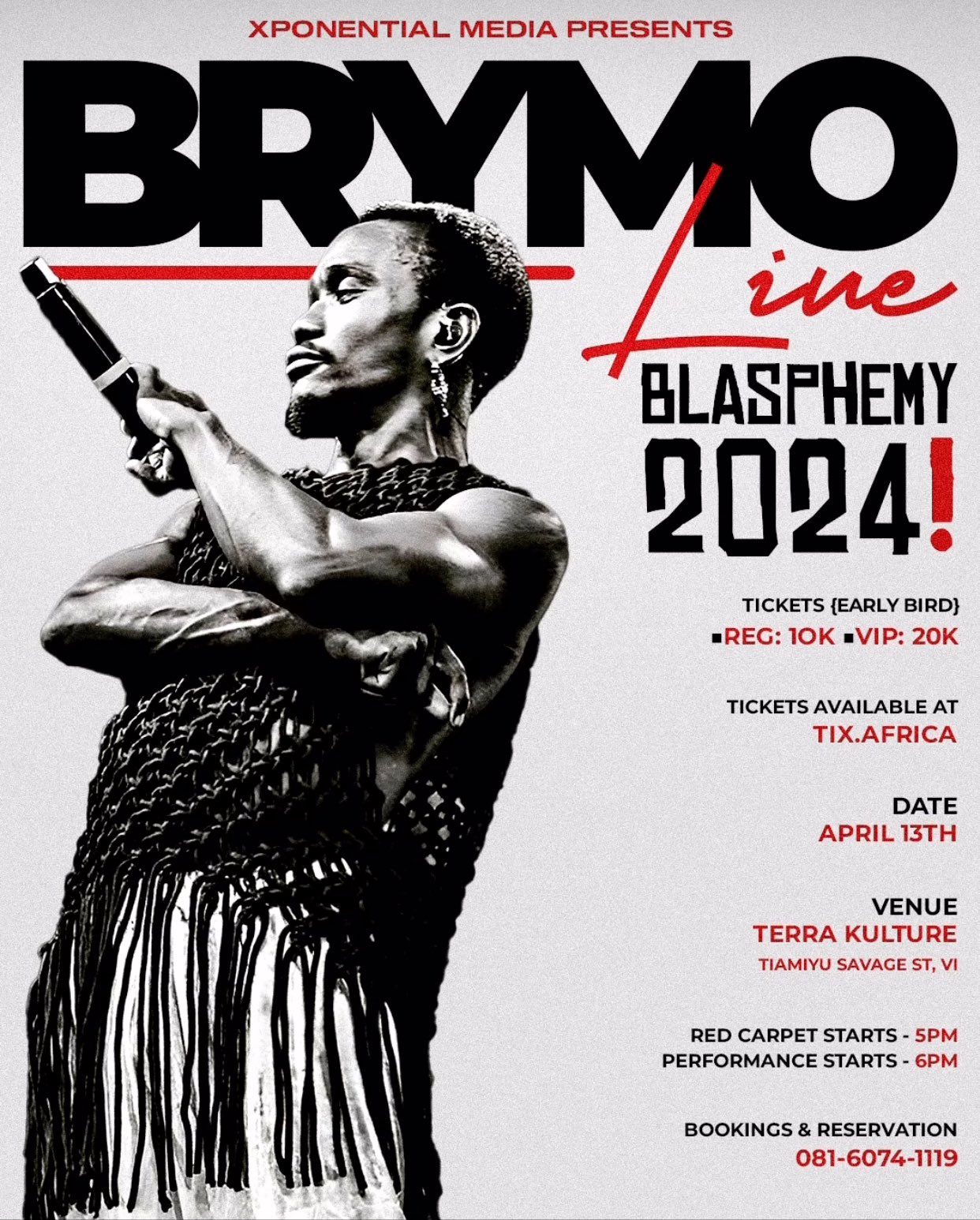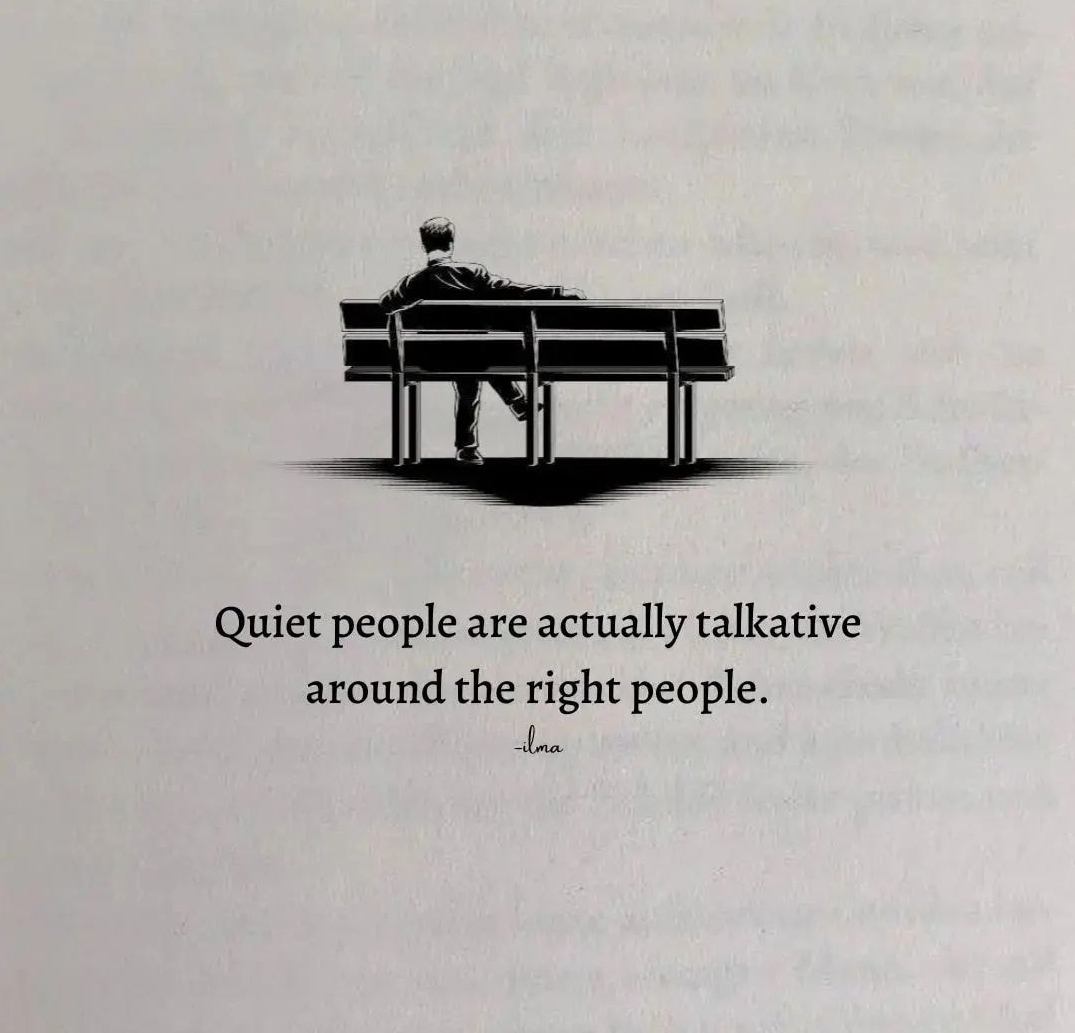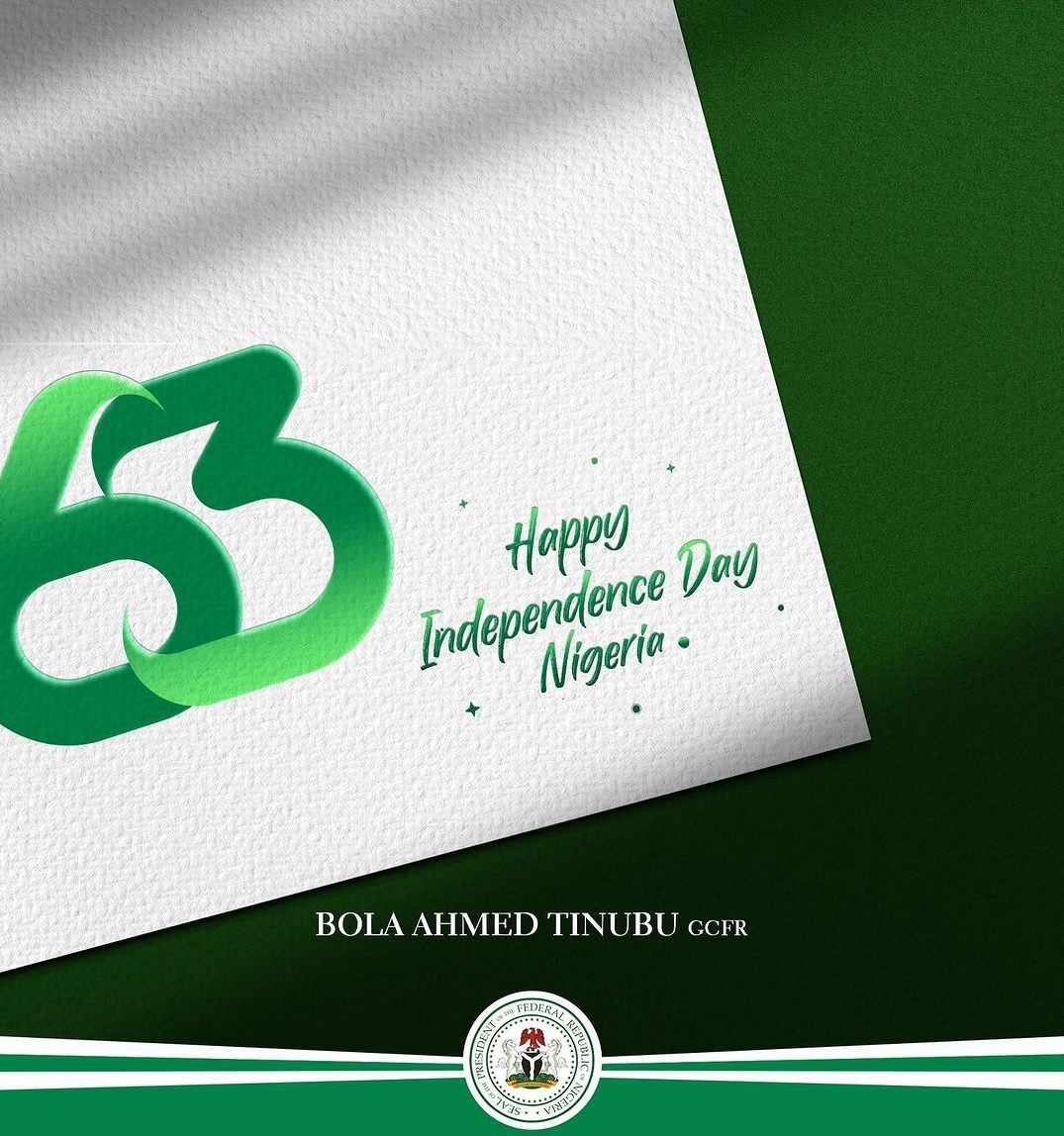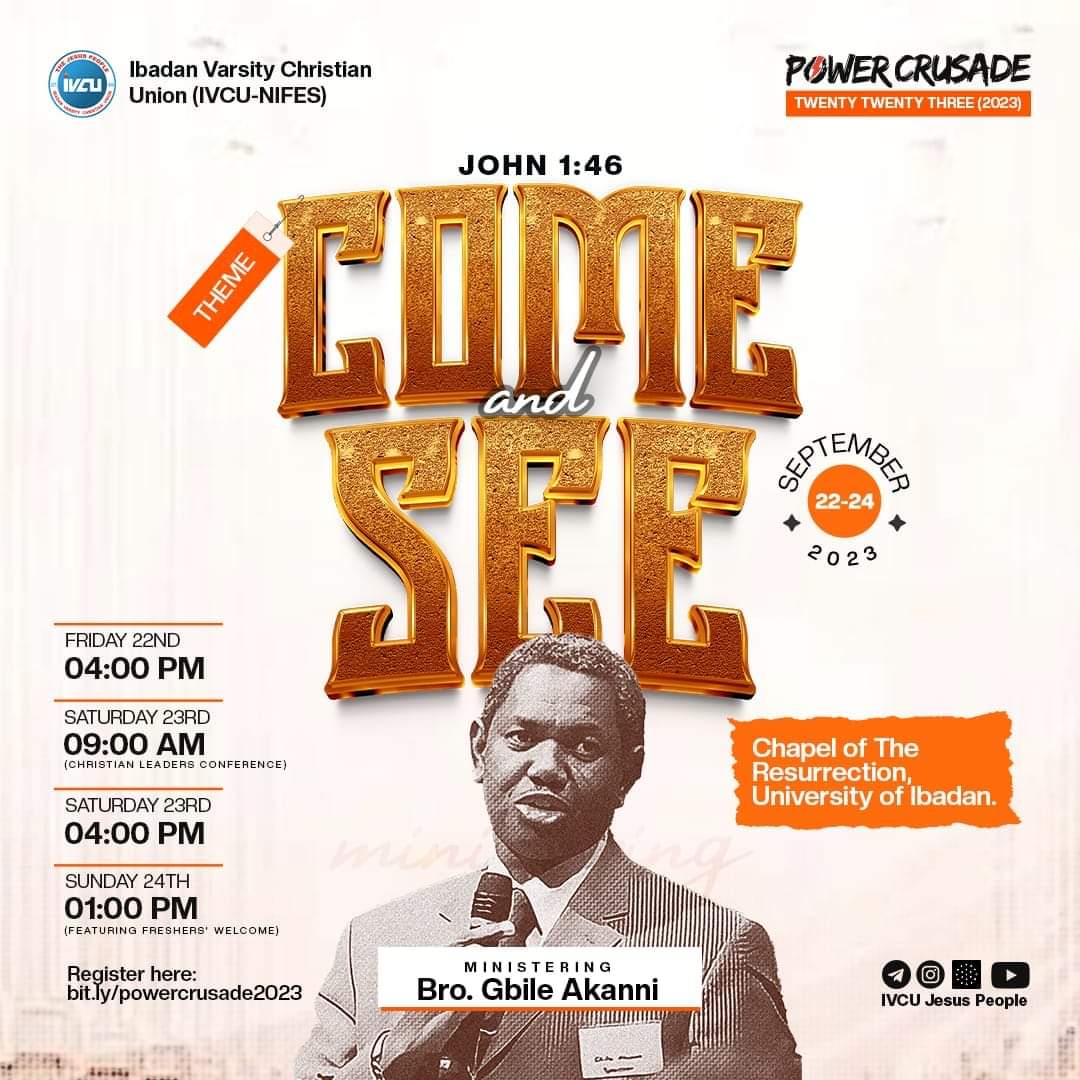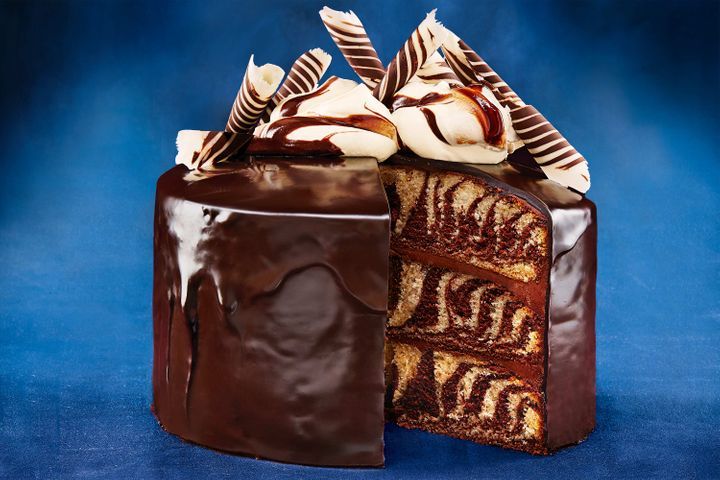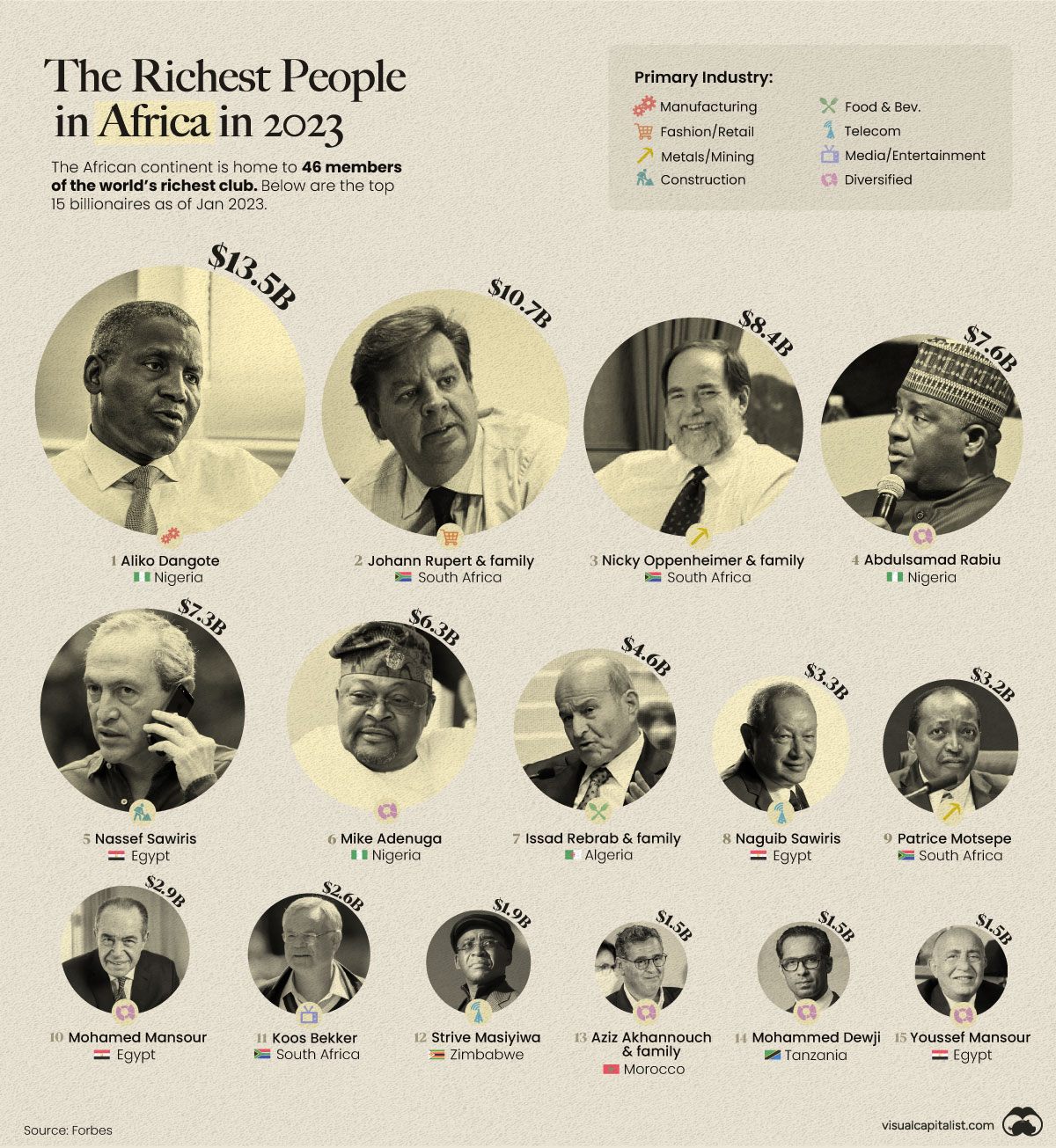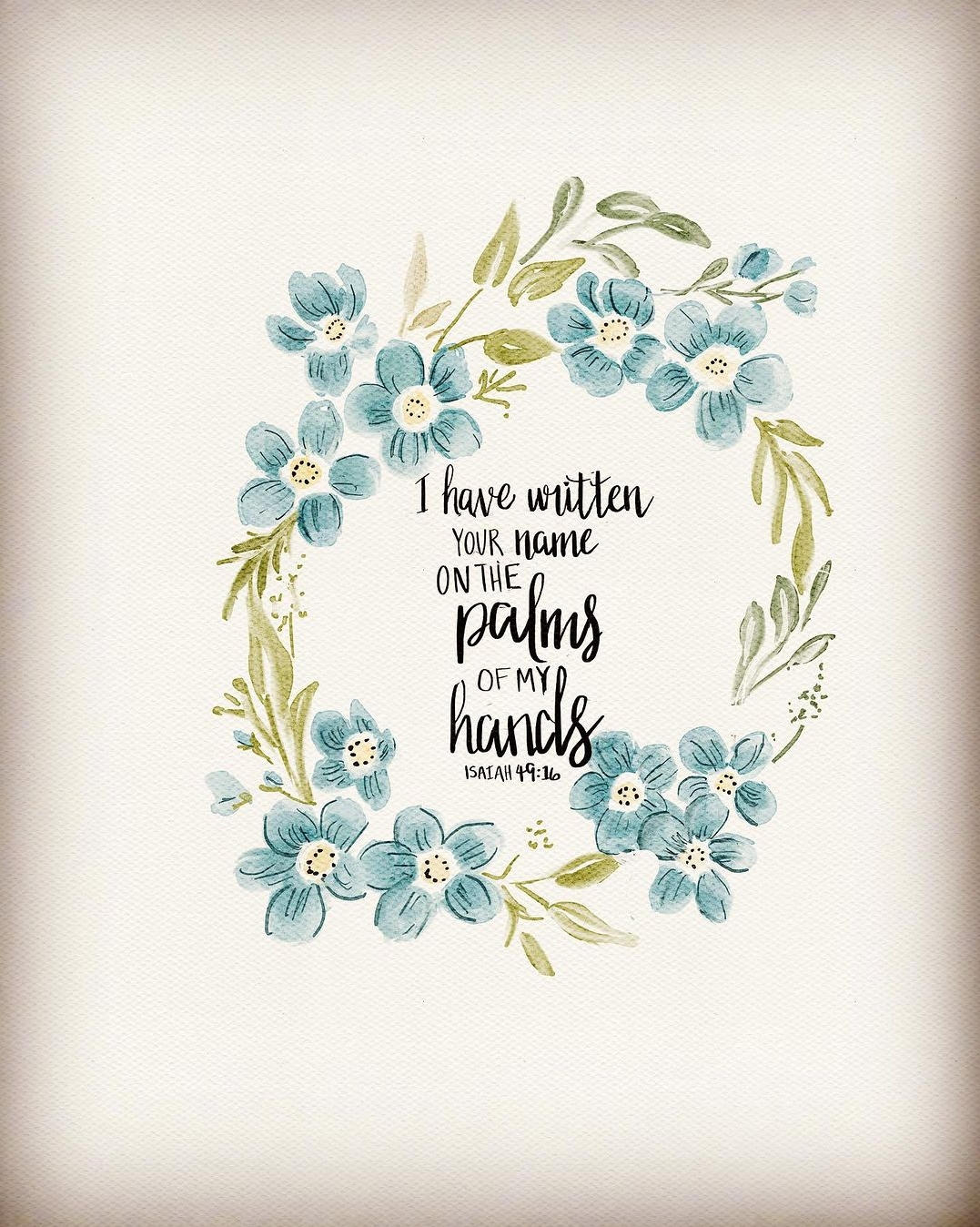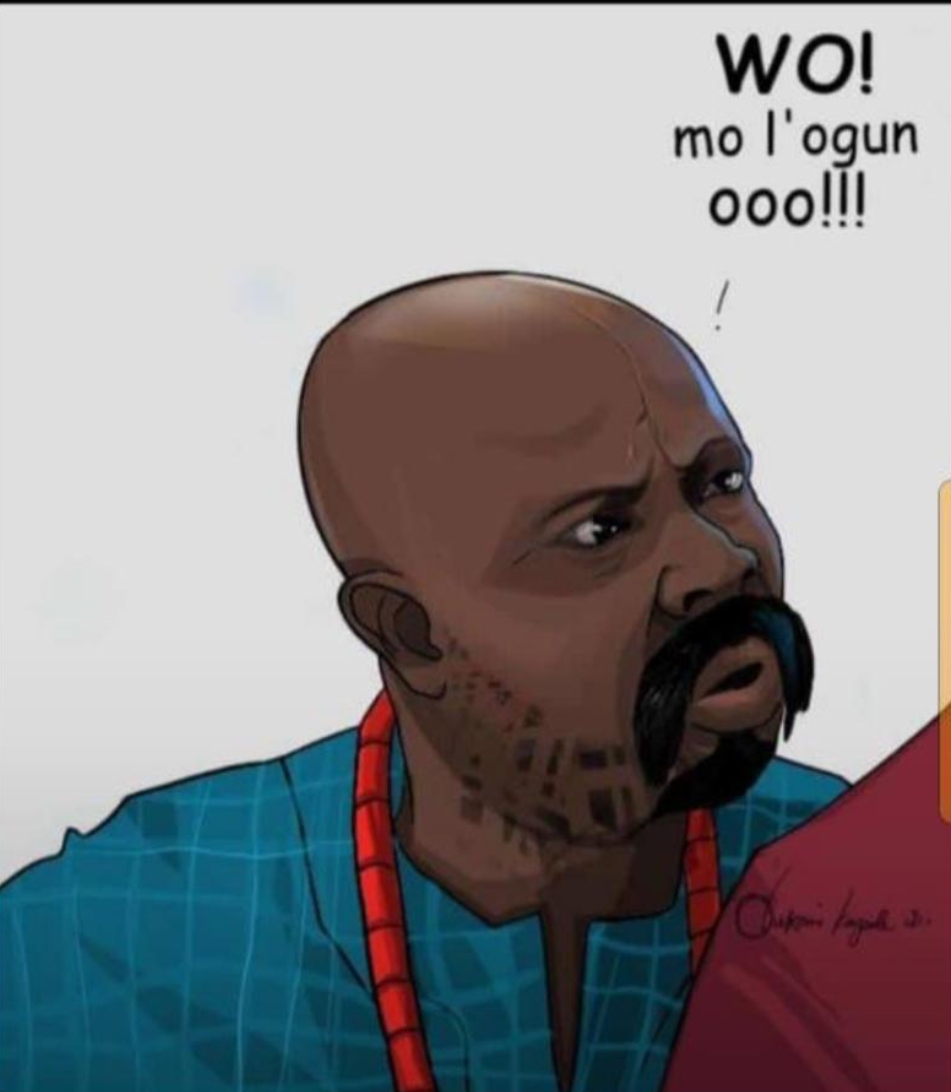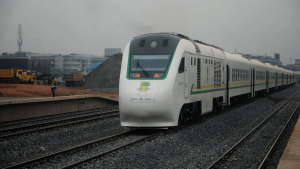
Cape Gauge
The development of railways in Nigeria started from Lagos Colony to Ibadan in March 1896, by the British government. This was extended to Minna in 1911, where it met the Baro–Kano Railway Station that was built by the government of Northern Nigeria between 1907 and 1911. Following the discovery of coal at Udi, the Eastern Railway was built to Port Harcourt between 1913 and 1916. This railway was extended to Kaduna in 1927, connecting the Eastern Railway to the Lagos–Kano Railway. The Eastern Railway was extended to its northeastern terminus of Maiduguri between 1958 and 1964 by the administration of Abubakar Tafawa Balewa[i]. Cape Guage network in Nigeria totals 3,505 kilometers.
After the first republic, everything in the Railway crumbled and the rot continued into another century. From 1904 till 2011 rail line was never changed. Yet it is one of the safest means of transportation, with accidents rate as low as once in several years. It took five days to travel by rail to Kano because rail tracks were out-dated and sharp and so the drivers could not speed. The standard gauge for rail-tracks in modern times is 3ft 5 ins but Nigeria’s was 3ft 4ins; a narrow gauge.
Railway Administration
When the British colonial masters were leaving the Railway to Nigerians, Colonel Emerson, the General Manager during the time of Micheal Imodu, the railway labour leader then said, that “your people are just using you, Africans haven’t ripped to run an efficient railway”. The British however shared key positions in the railway among the three regions. The Igbo men Okechukwu Ikejiani, Joseph Egbunna, became chairman and General Manager respectively. Yorubas – Shekas Philips, Owoshemi, Jake Olaleye and Danuloye headed the Mechanical Engineering, accounts, commercial and operations and also civil engineering departments respectively. Then a northerner, Malam Fataki was appointed secretary of the corporation. The post of the controller of stores and assistant general manager went to Messrs. Anakanda and Ekpe from the Cross River.
On assuming office, Ikejiani maintained the standards set by the Europeans. He wanted to build three standard hospitals for the Railway in Lagos, Bauchi and Enugu. He ended up building only one in Lagos that remained one of the best hospitals in Lagos for a time. At the same time he was building the Lagos hospital, he equally bought a parcel of land and built 12 houses at a time on it for his own hospital. An enquiry was set up headed by Justice Adefarasin. The enquiry discovered that Ikejiani was judicious in his expenditure on the Railway hospital but found that some of the building materials used for his hospital came from the stores of the railway. The private hospital was seized. Ikejiani angrily left Nigeria in 1964 and vowed never to return. The following year, the New Nigeria Democratic Party, NNDP of Ladoke Akintola, came to Lagos to campaign, Akintola made a mockery of Ikejiani in Yoruba. His party sang:
Ikan ani, Ekeji ani, Eketa ani, Ekerin ani
Ekarun ani, Ekefa ani atu wa ni, Elo ni
eyin omo iya mi wa ni.
The first belong to Ani, The second belong to Ani, The third
belong to Ani, The fourth belong to Ani, The fifth belong to Ani,
The sixth belong to Ani, How many do you who are my
kinsmen have?
Railway Reform
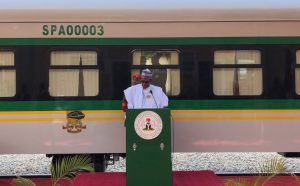
As the effect of neglect compounded, railers from the north took over railway workshop at Apapa, Lagos as their garage. Calls were made for experts from Canada and Germany to take over the administration of the Railway and train Nigerians for some years. Indian experts indeed came and worked with local professionals for 3 years. But they were not given the chance to perform. In the end, they left with some of their technology and with local railway masterplan. The Rumanian brought in their equipment in 1995 as part of the debt payment to Nigeria. They included wagons and machinery, some of which became out-dated and rotten in the stores. At the first advent of the Chinese, they did not help much. Seventy percent of the coaches, and rail-car they brought are later scrapped. Some of their coaches were however being managed, but the engines were in bad condition. They dropped rail-lines along functioning rails while executing their project of refurbishing Nigeria rail lines and abandoned the project. None of the bent rail lines were straightened as they were supposed to do. With President Obasanjo government, the Chinese endeavoured to bring in rail materials like slippers to complete the project[ii]. In 2004 President Obasanjo initiated strategic vision plan for railways to address the rot that has taken root in the Nigeria Railways over the years[iii]. In November 2007, the Yar’Adua administration stopped the railway project due to paucity of fund[iv].
By the year 2016, Nigeria had 150 coaches altogether, various wagons; the one used in carrying dry cargoes – cement, wheat, grains, etc. There were five types of wagons and altogether; 400 of them. For the locomotives, there were 30 in number being used, but there were 50 locomotives which could be rehabilitate and make to work. Because of that limitation due to constraints of limited rolling stock and locomotives, operations were limited to one trip of Lagos-Ilorin every week; and one trip of Lagos-Kano weekly because of the need to service other areas like Lagos to Port Harcourt, and the Port Harcourt to Kano rail as well as the Port Harcourt to Aba rail. Under minister of transportation, Rotimi Amechi, more coaches, locomotive and wagons were purchased to make possible an effective and efficient passenger and freight services to the nation[v].
Standard Gauge
Nigeria is among the few African countries that has introduced a standard gauge line. South Africa, India and other countries are still using the narrow gauge line introduced by their colonial masters. Most of the other African countries are still using what the colonial master constructed. While the narrow gauge is not inferior in most ways, there is a difference in the speed and it cannot carry more load like the standard gauge because the standard gauge is wider while the narrow guage is narrower which nevertheless does not impact on its effectiveness[vi]. The Warri-Itakpe-Abuja-Kaduna-Kano-Maradi rail are standard gauges as well as the Lagos-Ibadan line.
Warri–Itakpe Railway
The Warri–Itakpe Railway was begun in 1987 as Nigeria’s first standard gauge railway, but it was finished in 2020 as the second standard gauge railway. The project had suffered outright neglect under the regimes of late Gen. Sani Abacha and Gen. Abdulsalam Abubakar. But the administration of President Olusegun Obasanjo brought it back again, though could not implement it substantially[vii]. The line was conceived as an industrial railway to supply the Ajaokuta Steel Mill with iron ore from Itakpe and metallurgical coal imported through the port of Warri. On 29 September 2020, the Warri–Itakpe Railway was officially inaugurated by President Muhammadu Buhari in a virtual ceremony.
Abuja-Kaduna
On July 26, 2016, Nigeria’s capital Abuja finally joined the national railway network on July 26, when a 186.5km standard-gauge link to Kaduna was inaugurated. The Abuja-Kaduna service provides the much-needed alternative transport link between the Federal Capital Territory and Kaduna state, a corridor which has a huge potential for industries, agricultural activities and a growing labour force[viii].
Lagos-Ibadan
By early 2013, the only operational segment of Nigeria’s rail network was between Lagos and Kano. Construction of the Abuja-Kaduna line by the Chinese construction company CCECC began in February 2011, and it was finally inaugurated on July 26, 2016. The Lagos-Ibadan double-track line has been under construction by CCECC since March 2017 and was inaugurated at the new Lagos Central Station on June 10, 2021. It is 157 km long and passes through Abeokuta. It is the first double-track standard gauge line in West Africa.
Kaduna-Kano
Having completed and commenced commercial operation on the first segment Abuja – Kaduna and later, the second segment Lagos – Ibadan, President Buhari. The 203 kilometers project is the third segment of the Lagos-Kano railway modernization project of the present administration. Eleven months after inauguration the project had been complete by only 12 percent[ix].
Kano-Maradi
Scheduled to be delivered in 2023, project involves the construction of a standard gauge railway line with an alignment of about 377 kilometers from Kano to Maradi and a branch line from Kano to Dutse. The 284-kilometer Kano-Maradi railway line having fifteen stations will connect Kano, Jigawa, and Katsina states, terminating at Maradi, the second-largest city in the Republic of Niger, while the 93 kilometers branch line will connect the capital of Jigawa’s State, known as Dutse, to Kano[x].
Cape Guage upgrade
Lagos-Kano
The existing narrow gauge railway has low traveling speed of trains and low transportation capacity, which mars the railway transportation efficiency[xi]. Construction of the Ibadan-Kano railway is part of the 2,700-km Lagos–Kano rail standard gauge line. This is part of the line from Lagos port to Kano. Lagos-Kano will be complete with the addition of the ongoing project divided into four sections namely the 200km Ibadan-Ilorin section, the Ilorin-Minna section a distance of 270km and then the Abuja-Kaduna and finally Kano a distance of 300km[xii].
Port Harcourt-Maiduguri
Reconstruction of the Eastern rail line commenced in March 2021 with the placing of new tracks in the existing rail corridor. The rail line is expected to link Nigeria’s industrial and agriculture hubs, facilitating the easy movement of people, goods and services[xiii]. Port Harcourt-Maiduguri rail line remains narrow guage with new branches to Owerri at its southern end and Damaturu in the north[xiv]. The rail project was however suspended due to insecurity and vandalism of railway properties along the corridor[xv].
Lagos-Calabar
The planned Lagos-Calabar line targets all the seaports. It is to reach Calabar Port, Port Harcourt, Eleme deep seaport, the Warri port and Lagos ports would be captured in this route. This means that all the goods arriving in Nigeria will be moved right from the seaports to the dry ports. The economic benefits are that it will remove imported products off the road, making the road to last longer; accidents will reduce and the cost of doing business will reduce because the rail transport cost is always cheaper than other means of transport; and will impact the economy of Nigeria.
Intra-City Rail
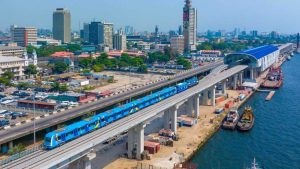
Lagos
Lagos strategic transport master plan (STMP) features six rail lines and monorails and its construction was divided into phases for ease of implementation. The first of the planned six; the blue line, is to convey 500,000 persons daily when completed. The blue line, which spreads 27 kilometers from Okokomaiko to Marina has its first phase, a 13 kilometer stretch from Marina to Mile II completed and delivered in December 2022. The red line, a 37 kilometer stretch traversing on standard gauge from Agbado to Oyingbo, in the first phase, while terminating at Iddo in the second phase reached completion in 2023[xvi]. With this, Lagos became the first sub-national government in Africa to fund and deliver a rail system from the state’s balance sheet[xvii].
Abuja
Like Lagos, the 280 kilometer metro in Abuja is divided into six lots. The 42.5 km (26.4 mi) Lot 1, which has been completed, has two lines and 12 stations connecting the Abuja city centre with the Nnamdi Azikiwe International Airport via the Lagos–Kano standard gauge railway at Idu[xviii].
Calabar
Monorail running at limited speed of 40 kilometers per hour was commissioned for the city of Calabar in 2018. Unlike the metro which has wider track and can run fast like other trains, the monorail requires less space. Calabar monorail allow access to Studio Tinapa, Tinapa Shopping Centre and Tinapa waterpark as well as provide a quick alternative access to Summit Hills[xix].
[i] Business Day, January 27, 2022
[ii] TELL January 21, 2002
[iii] ThisDay, 29 November, 2006
[iv] Autojosh
[v] Punch, July 10, 2016
[vi] Vanguard, March 14, 2021
[vii] ThisDay, January, 2021
[viii] International Railway Journal, July 26, 2016
[ix] The Nation, August 22, 2022
[x] Construction Review Online, January 2021
[xi] The Cable, July 14, 2021
[xii] China Go Abroad
[xiii] Nairametrics, March 2022
[xiv] Tribune, March 9, 2021
[xv] The Cable, December 21, 2022
[xvi] The Cable, Jnauary 9, 2023
[xvii] ThisDay 21 December, 2022
[xviii] Daily Trust, 24 April, 2022
[xix] Guardian, 19 August, 2016



